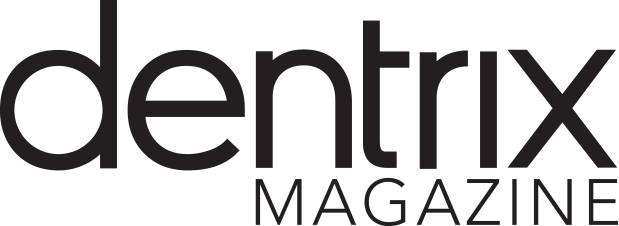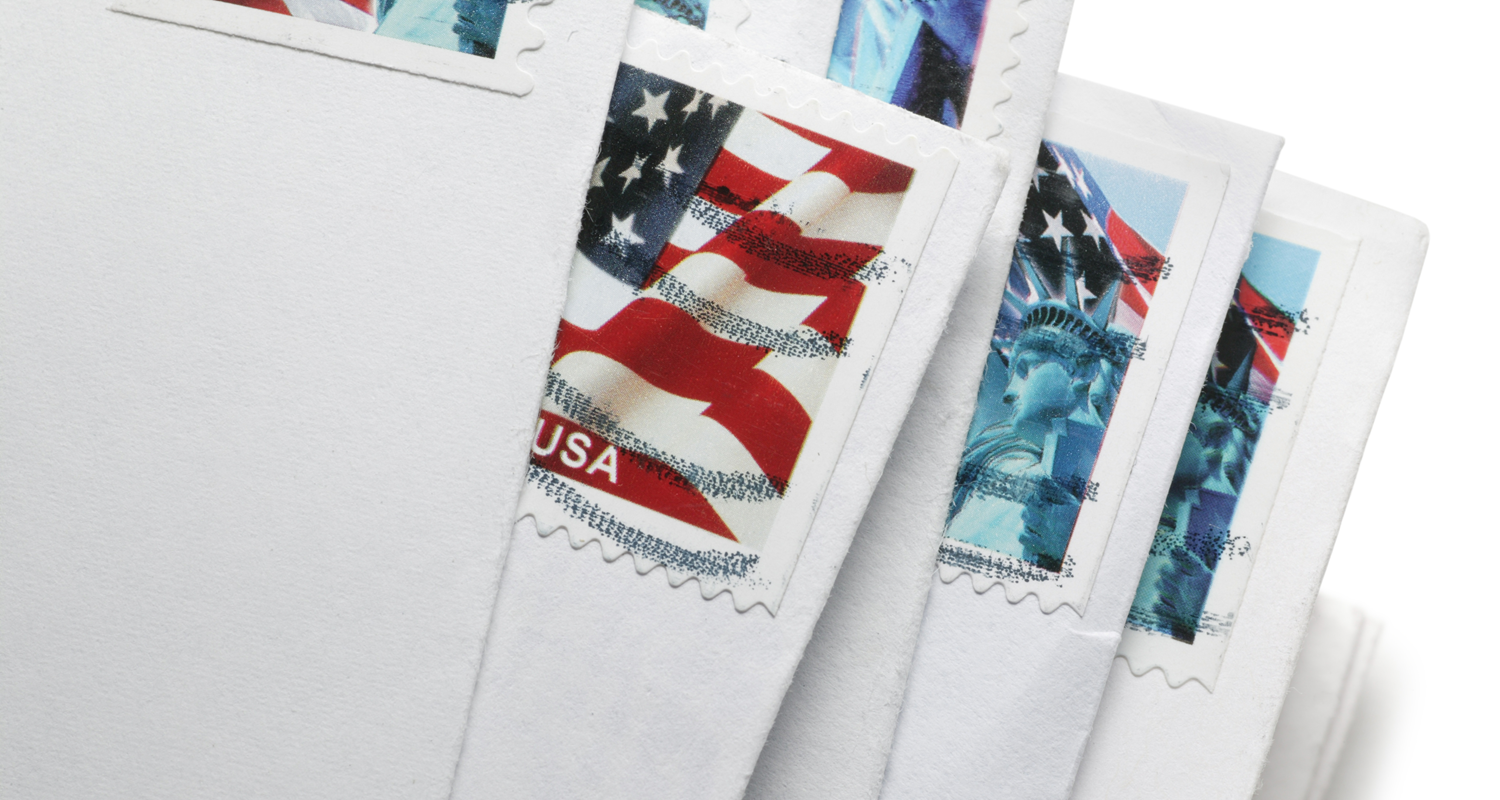Manually preparing and mailing patient billing statements impairs your team’s efficiency and limits your ability to have a healthy cash flow.
Updated 6/30/20
It’s more important than ever for dental offices to be streamlined and efficient. Anything less and you might as well be throwing money away. One process in particular greatly impairs your team’s efficiency and limits your ability to have a healthy cash flow: manually preparing and mailing patient billing statements.
Dentrix QuickBill is a simple tool for automating this process and accelerating patient payments. However, the mere thought of automating patient billing frightens some dental teams from learning more. Thousands of reluctant teams have made the switch and would never go back, so gather your objections and read on.
Whether your practice is sending hundreds of statements per month or just a few, you have much to gain by automating. Your team won’t even need to overcome a large learning curve because the program is built right into Dentrix and mirrors much of what your team is already doing.
Spending team time wisely
What does patient billing preparation look like in your office? If you’re fortunate, you have a large team to pull from, so a different person is performing each task: printing, folding, stuffing, stamping, mailing, etc. Place enough resources on the project and even a high-volume office can get through statements in a reasonable amount of time—depending on how you define “reasonable.”
While this might get the job done, it’s certainly not the best use of your team’s time. In fact, the opportunity costs can be huge. The trained professionals on your team, skilled in specific aspects of dental healthcare and treatment, are spending time on something other than their expertise. Don’t get me wrong, patient billing is important, but it can be simplified and automated. You can’t automate the true value your team brings to the practice.
The opportunity costs aren’t limited to large offices, either. The opportunity impact can be even higher in small offices because this task takes so much of one person’s time. Instead, the time could be used to call unscheduled patients or patients with outstanding balances that are approaching 90 days.
Maintaining all the control
It’s a common misconception that automated billing results in less control. This couldn’t be further from the truth. Only the tedious manual assembly is automated. Selecting which patients are mailed a statement and when remains solely in the hands of the office. Every statement can be reviewed prior to mailing. You can even add personalized notes to the bottom of the statements.
Evening out the cash flow
Sending billing statements more frequently than once a month might seem preposterous when you’re using a laborious process. However, the benefits derived from frequent mailings add tremendous appeal to automation. You’ll speed up and even out your cash flow and workload.
When your billing statements are only sent once a month, up to 30 days lapse for patients that are ready to be billed. A small business’ likelihood of collecting drops by 5% after only 30 days.1 By simply invoicing patients on a weekly basis, for example, your patients will receive their billing statements approximately 60% faster, on average.
Read Billing Statements Made Easier for more on this.
1 Based on a survey of members of the Commercial Collection Agency Association of the Commercial Law League of America (CCAA).
Ensuring statement delivery
Despite your best efforts, you don’t always know when you have a wrong address for a patient. And there’s really not much you can do to solve this problem when using a manual billing process. Conversely, automated statements are verified against the National Change of Address (NCOA) database to ensure accuracy. If an address is inaccurate or if your patient has recently moved, the system sends a notification so you can update your Dentrix database.
Obviously, there’s tremendous value in having billing statements delivered accurately, but the benefits go beyond billing. What happens in six months when a patient who recently moved is due for a routine checkup? Most recall processes rely on accurate physical addresses. The cost of losing contact with a patient goes without saying.
Lowering the cost of patient billing
Opinions vary on the cost of manually preparing and mailing billing statements, but they mostly range from two to five dollars each. It’s not difficult to arrive at such lofty numbers when you consider the material costs and all the associated labor costs. You could also include opportunity costs, such as those covered earlier, and arrive at an even higher number.
Some doctors and office managers dispute these ranges for the simple fact that they’re paying that person whether statements are being prepared or not. To avoid that debate, we’ll just examine the cost of goods sold.
If you calculate your current statement costs (statement, mailing envelope, return envelope, toner and postage) you’ll probably arrive at a price between 70 and 80 cents to mail each statement. For roughly that same price or less, your practice can have all the benefits listed above. Plus, you won’t have to maintain an inventory of statement mailing supplies.
Going paperless
Most dental professionals—especially those reading this newsletter—have adopted some paperless processes: charts, appointment schedules, insurance claims, etc. Automating billing statements should be one of the next processes to go paperless because it’s so easy to do. Once it’s set up, you’ll simply click Send Electronically instead of Print. The result is a professional statement that is more likely to get a response. And your office didn’t even need to touch it.
If sending statements automatically results in improved use of team time, complete control, healthier cash flow, confident delivery, lower billing expenses and less paper, what’s the downside?
Learn More
To learn more about QuickBill, watch the Quick Start videos or visit www.dentrix.com/products/eservices/quickbill.
Read Make Billing Statements Easier for Patients to Understand for other ideas about improving your billing processes.
By Damon Graves
Originally published in the Dentrix eNewsletter, August 2012





